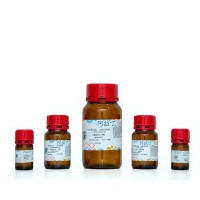RNA-binding proteins are involved in a variety of regulatory and developmental processes such as RNA processing, transport, and translation and are integral components of ribosomes, spliceosomes, nucleoli, and other ribonucle-oprotein particles. Proteins have been shown to interact directly with mRNA at all stages from the nascent transcript through capping, polyadenylation and splicing, nuclear export, translation initiation, and translocation of ribosomes along the message as well as during degradation of the mRNA (for reviews see refs. 1 –5 ). It is becoming increasingly clear that many RNA-binding proteins regulate gene expression through their interactions with mRNAs at various stages of development. The classic example is that of the iron-response element mRNA-binding protein, aconitase, which was shown by Klausner and co-workers to regulate translation of ferritin mRNA by binding to a stem-loop structure in its 5′ untranslated region (UTR) (reviewed in ref. 6 ). Additional examples include the regulated stability of transferrin, histone, and various cytokine and proto-oncogene mRNAs that are controlled by the binding of specific proteins to consensus sequences in their 3′ untranslated regions (3′ UTR) (7 –9 ). In addition, studies of tobacco mosaic virus (10 ), the Drosophila developmental gene hunchback (11 ), 15-lipogenase (12 ), and various cytokine mRNAs (13 ) have implicated RNA-binding proteins in modulation of translational efficiency by interaction with sequences within the 3′ UTR.






